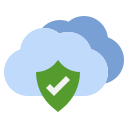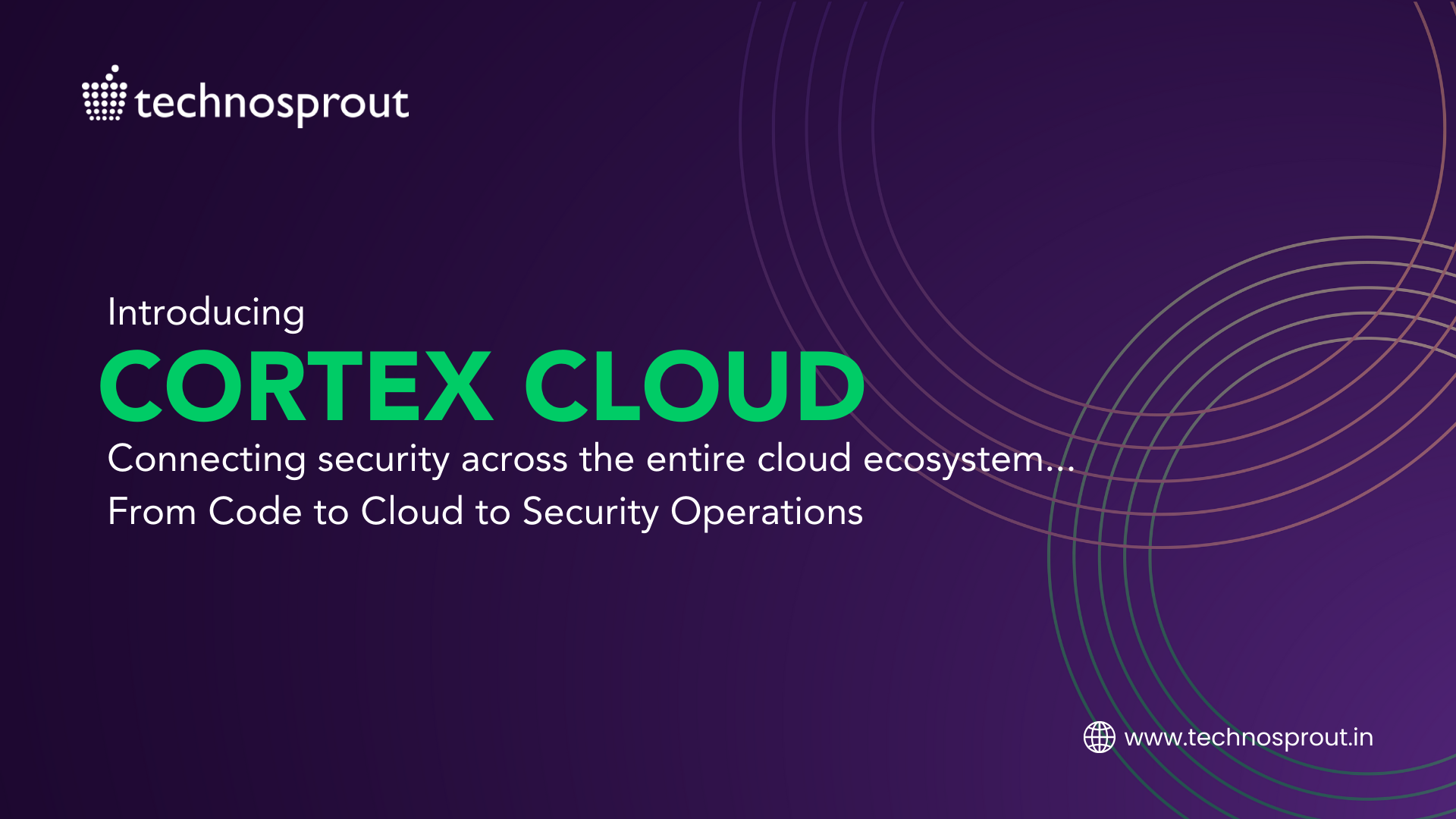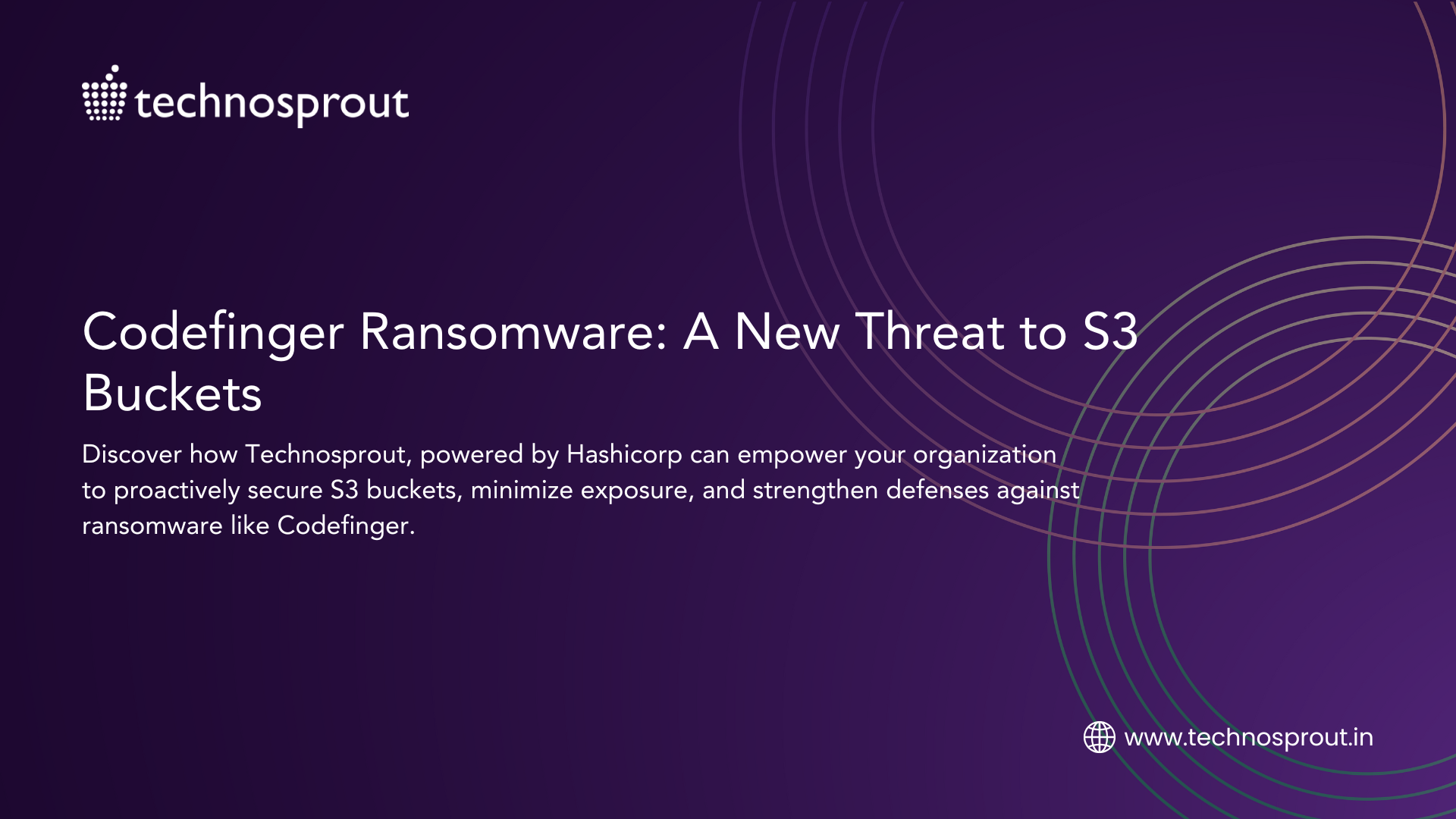Enterprises today work with a massive volume of sensitive data and also perform various operations with this data. The move to the cloud has changed all aspects of the application development lifecycle – security being foremost among them. Security and DevOps teams face a growing number of entities to secure as the organization adopts cloud-native approaches.
An online analysis done by Gartner states that- by 2020, 80% of the cloud breaches will be caused due to customer misconfigurations, wrongly-managed credentials, or even insider thefts. However, cloud breaches will not be a result of the cloud provider’s vulnerabilities. To prevent such breaches organizations have started implementing cloud security solutions to protect their data.
A successful cloud security framework is dependent on the pillars that follow a sequential cycle. In this sequential cycle, every pillar is dependent on the pillar, just preceding it. Any business organization that follows this methodology is successfully able to create a framework that can support cloud strategies as well as optimize the complete security of the cloud.

So, the following are the pillars that determine effective cloud security:
Pillar #1: Identity Access Management
Managing a large number of privileged users with access to an ever-expanding set of sensitive resources can be challenging. In a cloud-based infrastructure, Identity Access Management allows the IT administrators of the organization to authorize any specific user who will be able to access the specific resources on the cloud and perform certain tasks/actions on them. You need to leverage the identity of cloud resources to enforce security policies and ensure secure user behavior across your cloud environments. Here are a few key points you need to think about:
Enforcing governance policies to ensure that users and resources behave only as intended and do not introduce risk to the environment.
You need ensure least-privileged access to cloud resources and infrastructure and decouple user permissions from workload permissions.
Leverage tags and metadata to assign a logical identity to applications and workloads.
Continuously analyze the behavior of users and resources in your cloud to detect and prevent anomalous behavior, such as an admin logging in from an unknown location or a container accessing a file it should not be able to access.
Pillar #2: Network Security
It is important to secure networks and enforce microsegmentation across hybrid environments. Most of the organizations fail to initiate the framework of cloud security built around network security. However, this network security is entirely different from Cloud Security. In this security model, it is a shared responsibility model under which the cloud ecosystems operate and guarantees the network security. A few important points to keep in mind while implementing network security:
Ingesting network traffic flow logs from multiple sources, and gaining deep visibility into network behavior helps detect and prevent anomalies.
Micro-segmentation creates secure zones in data centers and cloud deployments thereby segmenting workloads from each other, securing everything inside the zone, and applying policies to secure traffic between zones. Enforcing cloud-native
Introduction of firewalls and Web Application Firewalls comes in handy for the cloud by offering security at different stages. You can read our blog on how to replace firewalls with Cloud delivered Security.
Pillar #3: Visibility, Governance, and Compliance
The first step to a strong security posture is deep, contextual visibility. It is important to get an insight into all cloud entities and show how the relationships among them affect your security posture. Achieving cloud security visibility requires comprehensive and continuous discovery and assessment of all assets. This helps an organization achieve two crucial goals that include understanding and managing security risk, and achieving compliance
Dynamically discovering new resources upon deployment in the cloud and tracking historical changes for auditing purposes will help gain a unified view of your security and compliance posture across the full cloud native stack, complete application lifecycle and cloud environments.
Continuous monitoring of all cloud resources for misconfigurations, vulnerabilities and other security threats along with Enforcing government- and company-mandated compliance requirements using the industry’s most complete library of compliance standards is a pivotal step.
Continuously monitoring cloud storage for security threats, such as unencrypted storage volumes and governing file access will help protect sensitive data and prevent leaks.
It’s important to Gain visibility and enforce governance policies across the entire application development lifecycle, from IDEs, SCM and CI tools to production environments running workloads as well as cloud services across multiple clouds.
Pillar #4: Compute-Based Security
The cloud-native landscape is constantly evolving with new technologies and levels of abstraction. Hosts, containers, and serverless workloads provide unique benefits and have different security requirements. This component is both an analytical process and a strategy used to identify information that can be exploited by an attacker and used to collect critical information that could damage an organization’s plans or reputation. Here are some key points to keep in mind:
It’s important to detect and prevent vulnerabilities and misconfigurations throughout the entire development process.
A powerful combination of web traffic inspection and runtime defense (RASP) needs to be implemented to protect applications and APIs.
Runtime security measures need to be implemented to prevent threats and anomalies across hosts, containers, serverless functions and orchestrators.
Integrating security into IDE, SCM and CI workflows helps security teams prevent compromised assets from ever progressing down the pipeline.
In Conclusion:
Cybersecurity is today an essential part of any enterprise functionality. No matter how big or small, every enterprise is vulnerable to data breaches. Once the business organization has identified the pillars of Cloud security and have successfully come up with a strategy for filling any gaps, they then just need to deploy & leverage the services of a trusted managed security provider. A managed security provider helps in implementing various tools and processes for allowing an actionable Cloud security framework to take place. The managed security also ensures that these frameworks don’t hinder the Cloud migration processes and remain an indispensable component of the complete security framework for an organization. End users are then able to focus on the real value they intend to extract from the cloud: digital and operational transformation.
Visit our website to know more about how you can enhance your cloud security and prevent data breaches from the cloud.






36 Responses
An insightful and concise guide highlighting the fundamental pillars of cloud security. A must-read for anyone seeking to fortify their digital infrastructure and safeguard valuable data. Kudos to the author for shedding light on such a crucial topic!
perferendis sed dolore quia aut eum harum harum et rerum ipsum aut quo. aperiam ut eaque maiores tempore perferendis rerum est ut omnis nulla. praesentium nisi ad vel adipisci quia illum molestiae voluptatem debitis ad error fuga voluptatum quisquam quia placeat est voluptatem aut et.
id dolor tempora ut dolorum fugiat nisi sit quo. laboriosam ut quidem omnis at debitis aut nostrum esse esse consequatur.
Your article helped me a lot, is there any more related content? Thanks!
Thanks for sharing. I read many of your blog posts, cool, your blog is very good.
In December, 1789, and January, 1790, there are main meetings, to elect municipal officers and their councils.
Thank you for your sharing. I am worried that I lack creative ideas. It is your article that makes me full of hope. Thank you. But, I have a question, can you help me?
Heya! I’m at work browsing your blog from mynew iphone 3gs! Just wanted to say I love reading through your blog and look forward to all your posts!Keep up the fantastic work!
Can you be more specific about the content of your article? After reading it, I still have some doubts. Hope you can help me.
Your article helped me a lot, is there any more related content? Thanks!
Your blog has helped me through some tough times and I am so grateful for your wise words and positive outlook
Museum of High-quality Arts.
Your article helped me a lot, is there any more related content? Thanks!
Retrieving your lost funds shouldn’t be complicated.That’s why our process is simple and clear.Just provide us with some basic information, and we’ll handle the rest.Don’t let fraudsters prevent you from your savings.Our goal is to help you recover every cent.
Can you be more specific about the content of your article? After reading it, I still have some doubts. Hope you can help me.
Howdy, I do think your blog could possibly be having internet browser compatibility problems. When I look at your blog in Safari, it looks fine however, when opening in I.E., it’s got some overlapping issues. I just wanted to give you a quick heads up! Apart from that, fantastic blog.
Wow, incredible blog layout! How long have you been bloggingfor? you made blogging look easy. The overall lookof your web site is excellent, let alone the content!
This design is spectacular! You obviously know how to keep a reader amused. Between your wit and your videos, I was almost moved to start my own blog (well, almost…HaHa!) Great job. I really enjoyed what you had to say, and more than that, how you presented it. Too cool!
samsung galaxy s21 ultra screen replacement
I like looking through a post that will make men and women think. Also, many thanks for permitting me to comment.
Thank you for your sharing. I am worried that I lack creative ideas. It is your article that makes me full of hope. Thank you. But, I have a question, can you help me?
My developer is trying to convince me to move to .net from PHP. I have always disliked the idea because of the expenses. But he’s tryiong none the less. I’ve been using WordPress on numerous websites for about a year and am anxious about switching to another platform. I have heard excellent things about blogengine.net. Is there a way I can import all my wordpress posts into it? Any kind of help would be greatly appreciated!
Thank you for making hard to understand topics accessible and engaging.
This blog was… how do I say it? Relevant!! Finally I’ve found something that helped me.Kudos!
Your article helped me a lot, is there any more related content? Thanks! https://www.binance.com/join?ref=P9L9FQKY
Howdy! Do you know if they make any plugins to assist with Search Engine Optimization? I’m trying to getmy blog to rank for some targeted keywords but I’m not seeing very good success.If you know of any please share. Appreciate it!
Your article helped me a lot, is there any more related content? Thanks!
Thank you, your article surprised me, there is such an excellent point of view. Thank you for sharing, I learned a lot.
Thank you for your sharing. I am worried that I lack creative ideas. It is your article that makes me full of hope. Thank you. But, I have a question, can you help me?
skupině? Je tu spousta lidí, o kterých si myslím, že by se opravdu
enten oprettet mig selv eller outsourcet, men det ser ud til
|Hello to all, for the reason that I am actually keen of
že spousta z něj se objevuje na internetu bez mého souhlasu.
Hey! This is my first visit to your blog! We are a team of volunteers and starting a new project in a community in the same niche. Your blog provided us useful information to work on. You have done a outstanding job!
Can you be more specific about the content of your article? After reading it, I still have some doubts. Hope you can help me.
Your article helped me a lot, is there any more related content? Thanks!